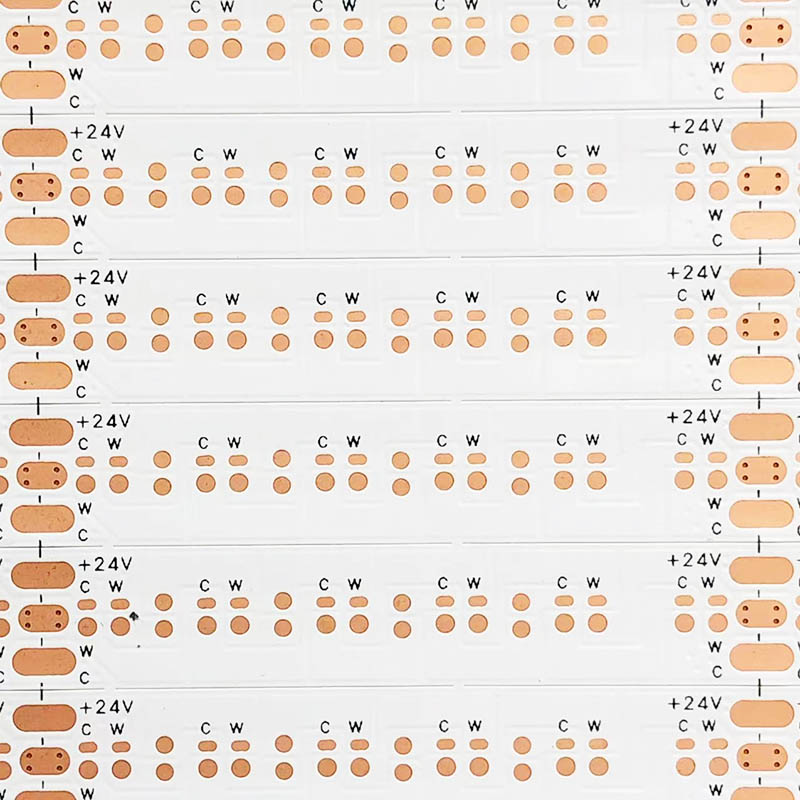What Materials Are Commonly Used in Flexible Printed Circuit Boards?
2025-07-17
Flexible printed circuit boards, or FPCBs for short, are everywhere these days. You’ll find them inside smartphones, wearable devices, cameras, and even medical tools. What makes them so useful is that they can bend and twist to fit into tight spaces where traditional rigid boards simply won’t work. But have you ever wondered what these flexible boards are actually made of?
Let’s take a closer look at the materials that give FPCBs their unique flexibility and performance.
At the heart of every flexible PCB is the base material, and this is usually made from a plastic film called polyimide. Polyimide is incredibly flexible, heat-resistant, and durable. It can handle the repeated bending and flexing that these boards go through, all without cracking or losing strength. It’s a big reason why FPCBs can squeeze into small, curved spaces without breaking a sweat.

Another material you’ll often see is polyester, which is sometimes used in simpler or lower-cost flexible circuits. It doesn’t handle high heat as well as polyimide, but it’s good enough for many consumer electronics where the stress is minimal.
Now, let’s talk about the conductive material—this is what actually carries the electric signals across the board. In most cases, it’s copper. Copper is a great conductor, it’s reliable, and it works well with the manufacturing processes used in PCB production. It’s usually rolled into very thin sheets and laminated onto the base film, forming the circuit traces.
Sometimes, a layer of adhesive is used to bond the copper to the polyimide or polyester. These adhesives are usually made of epoxy or acrylic. But in some high-performance FPCBs, the copper is bonded directly to the base material without adhesive to improve thermal performance and reliability.
To protect the circuits, a coverlay or solder mask is applied. This top layer acts like a shield, protecting the copper from moisture, dust, and scratches. Polyimide is often used again here as the coverlay material because it’s flexible and tough. In some cases, a liquid solder mask might be used instead, especially for finer circuit designs.
Depending on the application, there might also be stiffeners added to certain areas of the FPCB. These are often made from FR-4 (the same material used in rigid PCBs) or additional layers of polyimide. They help reinforce areas that need extra support, like connector zones or mounting points.
So to sum it up, the key materials you’ll find in a flexible PCB are polyimide or polyester for the base, copper for the circuits, adhesives for bonding, and protective layers like coverlays or solder masks. Each material plays an important role in making sure the board can bend, flex, and still do its job reliably.
FPCBs may look thin and delicate, but thanks to these carefully chosen materials, they’re tougher than they seem—and they help power some of the most advanced electronics in the world.


